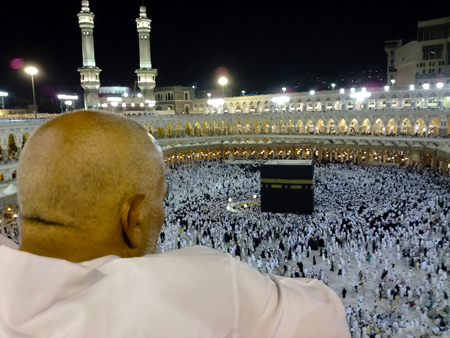| << Chapter < Page | Chapter >> Page > |

Today the largest religion in the world, Christianity began 2,000 years ago in Palestine, with Jesus of Nazareth, a charismatic leader who taught his followers about caritas (charity) or treating others as you would like to be treated yourself.
The sacred text for Christians is the Bible. While Jews, Christians, and Muslims share many of same historical religious stories, their beliefs verge. In their shared sacred stories, it is suggested that the son of God—a messiah—will return to save God’s followers. While Christians believe that he already appeared in the person of Jesus Christ, Jews and Muslims disagree. While they recognize Christ as an important historical figure, their traditions don’t believe he’s the son of God, and their faiths see the prophecy of the messiah’s arrival as not yet fulfilled.
Different Christian groups have variations among their sacred texts. For instance, Mormons, an established Christian sect, also use the Book of Mormon, which they believe details other parts of Christian doctrine and Jesus’ life that aren’t included in the Bible. Similarly, the Catholic Bible includes the Apocrypha, a collection that, while part of the 1611 King James translation, is no longer included in Protestant versions of the Bible. Although monotheistic, Christians often describe their god through three manifestations that they call the Holy Trinity: the father (God), the son (Jesus), and the Holy Spirit. The Holy Spirit is a term Christians often use to describe religious experience, or how they feel the presence of the sacred in their lives. One foundation of Christian doctrine is the Ten Commandments, which decry acts considered sinful, including theft, murder, and adultery.
Sociological terms for different kinds of religious organizations are, in order of decreasing influence in society, ecclesia, denomination, sect, and cult. Religions can be categorized according to what or whom its followers worship. Some of the major, and oldest, of the world’s religions include Hinduism, Buddhism, Confucianism, Taoism, Judaism, Islam, and Christianity.
Consider the different types of religious organizations in the United States. What role did ecclesia play in the history of the United States? How have sects tended to change over time? What role do cults have today?
What is your understanding of monotheism versus polytheism? How might your ideology be an obstacle to understanding the theism of another religion you’re unfamiliar with?
In U.S. society, do you believe there is social stratification that correlates with religious beliefs? What about within the practitioners of a given religion? Provide examples to illustrate your point.
PBS’s Frontline explores “the life of Jesus and the rise of Christianity” in this in-depth documentary. View the piece in its entirety here: (External Link) .
For more insight on Confucianism, read the Analects by Confucius, at (External Link) . For a primer on Judaism, read Judaism 101 at (External Link) .
Sorting through the different Christian denominations can be a daunting task. To help clarify these groups, go to (External Link) .
Craig, Mary, transl. 2002. The Pocket Dalai Lama . Boston, MA: Shambhala.
Feng, Gia-fu, and Jane English, transl. 1972. “Introduction” in Tao Te Ching . New York: Random House.
Holy Bible: 1611 Edition, King James Version. 1982 [1611]. Nashville, TN: Thomas Nelson.
Smith, Huston. 1991 [1958]. The World’s Religions . San Francisco, CA: Harper Collins.

Notification Switch
Would you like to follow the 'Introduction to sociology 2e' conversation and receive update notifications?